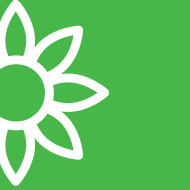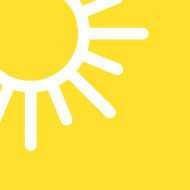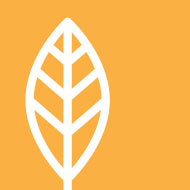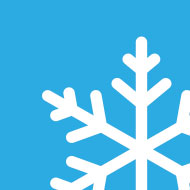Home » Bugs » Lawn Pests »
Active Seasons




Appearance and Size Facts
- Fall armyworm caterpillar larvae have stripes running the length of their body
- One stripe is present on each side and another stripe runs down the middle of the back
- Hairless caterpillars having a base color ranging from yellow-green to a dark brown or gray color
- Larvae will also have stripes, but have a yellow-white marking on the head
- Have four dark circular spots on the upper side of each abdominal segment
- Size: Range from 1/16 inch as the first instar larvae to 1 1/3 inches as the mature larvae
We provide pest control for armyworms in the following locations and their surrounding areas:

Behavior and Habitat of Armyworms
Fall armyworms pass the winter as partially grown larvae in the soil or under debris in grassy areas. Activity and growth are continuous except during very cold weather. When fully grown, they stop feeding for four days and then pupate over a 15 to 20 day period. Adults emerge in May and June.
Females feed for 7 to 10 days on honeydew, nectar, or decaying fruit before laying eggs. Eggs are laid at night in clusters of 25 to 134 on grass or small grain leaves. A single female may live as an adult for 17 days and produce up to 2,000 eggs.
Fall armyworms have a very broad host range, but show a distinct preference for grasses, especially those planted in the landscape.

Signs of Infestation of Armyworms
Plant damage is nearly identical to the damage caused by sod webworms. Larvae will begin to consume just one side (front or back) of the leaf blade, then as the feeding progresses, the entire leaf blade will be consumed. Larvae will also burrow into the growing point of the plants, destroying potential new growth of plants.

Tips for Prevention of Armyworms
Mow the turf to the acceptable recommended height for each cultivar or type of turfgrass, and then water it well to move the armyworms out of the thatch layer. If this does not work, a professional pest management company, such as Hulett Environmental Services, should be consulted in order to manage the fall armyworm infestation.




